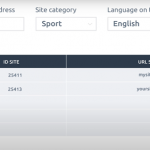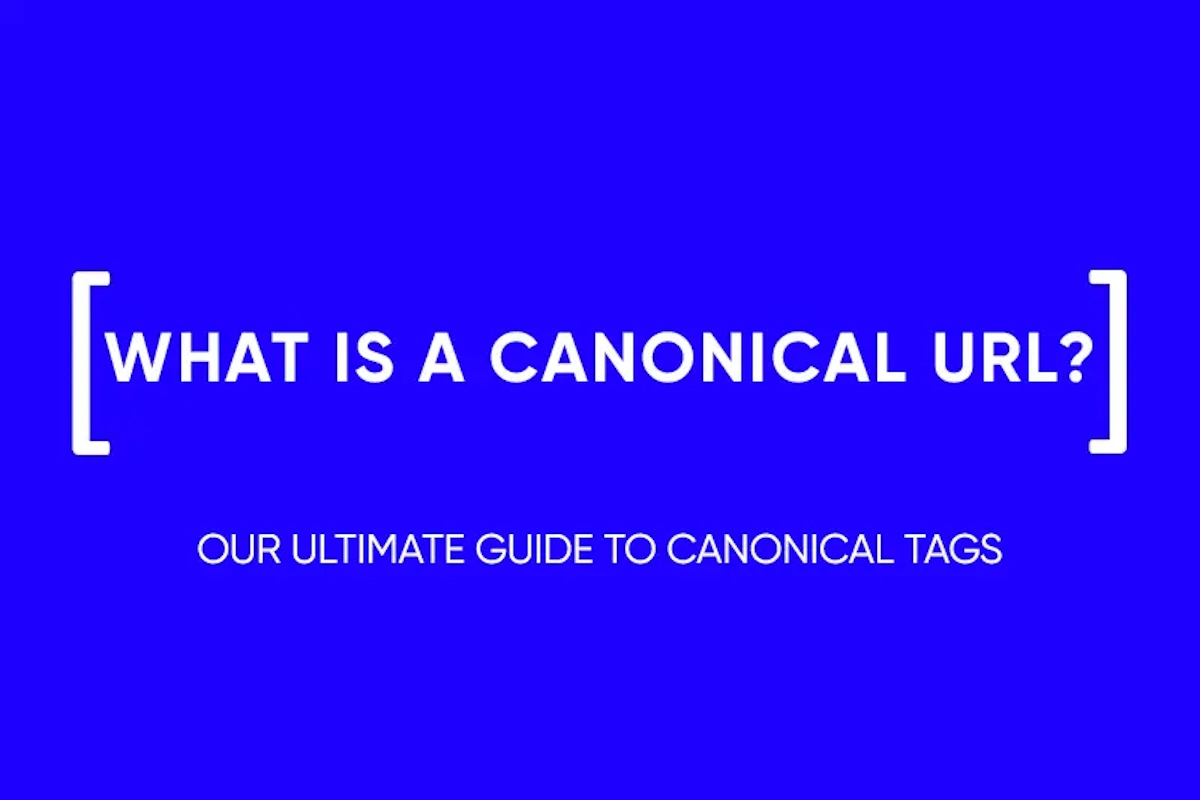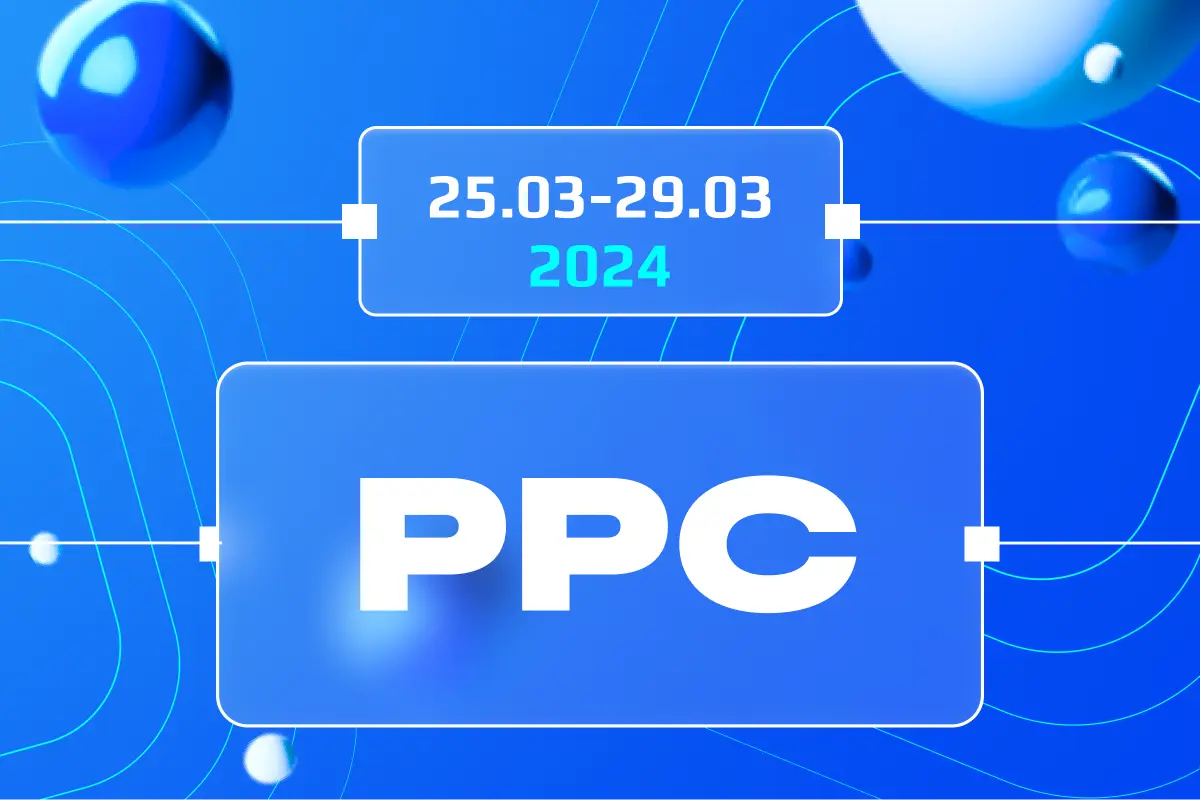How To Write SEO Friendly Content in 2024
Text for SEO promotion is one of the main tools. Usability and convenience of the site, correct links – all this only gives additional points in the search results. And it all starts with text materials. In our article, we will give some tips on how to write SEO friendly content that will bring your site to the top.
Learn the Factors Affecting SEO Promotion
To advance, you first need to understand how to do it and what to look for. There are several factors to consider:
Content quality. In addition to correctly entered keywords, you need to show depth and expertise. This way you will keep the user on the page longer. The time spent by the user on the page, Google mechanisms also take into account in the search ranking.
Multimedia. Bear in mind that text is not just difficult to read, it is also less valued by algorithms. Therefore, for SEO promotion, you need pictures, videos, and even audio recordings.
Correspondence. The material must meet expectations. If you have gambling in the title, and something far from it in the text, then this will irritate users. Such articles will not be quoted in the search.
Do your research
No SEO job is complete without market research. It includes studying competitors and searching for keywords.
Competitor research involves analyzing a site to find out their SEO capabilities. It is worth noting that not every strong competitor will have good search engine optimization. However, it is worth looking at their texts and position in the search.
Searching for keywords is the most important thing to do before writing SEO texts. In part, the keys will even form your content plan.
Also, keywords will help to identify competition. If it is high, you can use keywords with a long tail. Their search volume will be lower, but you will spend less energy on taking a position on them.

You can pick up keys for text materials using various digital services, but Google actively helps in this. At the very bottom of the search results, it gives “Related queries”, what other users are looking for can be used as keys.

Another variant of the same Google is autocomplete. The search engine offers the most popular queries as a hint.

Structure your content
Search robots evaluate the user’s reaction to your content. And people love logic and consistency.
The content must match the title. If the user from the title reads the subject of the article as a tourist one, then he will be dissatisfied if inside it is about real estate.
It’s good to analyze the sequence of content using guides as an example, it could be a topic of how to run an ad on Facebook. The copywriter will have to disassemble the whole process into steps, where to start, what to do next. Each of these steps will be a small section. In this section, you identify the problem, emphasize its importance, and offer a solution. This is a classic three-act structure. This is reminiscent of a drama script with its plot twist, action development and denouement, any textual material works on this principle.
A small useful touch for textual material is the conclusions from it as a result. After reading such a summary, the user superficially understands what the article was about.

Use attractive headlines
Because of the title of the article, the user decides whether it is interesting to the user. The title serves as a kind of indicator, a book spine. An interesting headline draws you into the article and makes it read, thus affecting SEO performance.
The ideal title length is up to 60 characters. In search results, Google displays only this number of characters. If the title is longer, the system will cut it and the meaning for the user may be distorted.
It is also important for SEO to display the main keyword in the title, ideally, at the very beginning of the title. In addition, it also helps the user to navigate. The more precise and succinctly worded the title, the better.

To hook the reader, you can use different emotional hooks in the title. For example, headlines in the style of “Top 10 Best…” attract the user by being reminiscent of an analytical material with a rating. The “how to” guides also work – it seems that this is a clear and understandable instruction without water.
Create Friendly URLs
URL is a significant factor in determining a site in search results. A good URL is one that includes the keyword and explains the content. That is, it is understandable not only to search bots, but also to humans.
A good URL looks like this: https://coma.lv/how-to-install-wordpress/
And the bad one is like this: https://coma.lv/?p4158
The rules for creating a good URL overlap with headings:
- Use keywords in the URL. This helps search engines to serve content to those who search for it.
- Shorten your URL. It’s best when it fits within 60 characters.
- Share an address. To do this, use a dash just like here: https://coma.lv/how-to-install-wordpress/ . The dash will help make the address more readable – it will be more convenient for the user.
- Use lower case letters, because of the upper case letters, the pages may not open and some servers simply do not pull them.
An SEO-friendly URL is short, simple, and clear, as is the title.
Shorten paragraphs
A sheet of text isn’t just hard to read, it hurts SEO metrics as well. The text should be broken into short paragraphs that explain one idea and reveal it. It will be easier for users of mobile devices to read.
It is important not to overdo it – you do not need to start each individual sentence with a red line. 3-5 sentences per paragraph are enough – no more.
In addition to shortening paragraphs, you can and should work with formatting – make footnotes, make text bold.
Optimize your meta description
A meta description is a kind of preview, a teaser of further text. At 160 characters, the meta description reveals why you should read this text. In fact, it performs the same function as the title but it does it more fully at the expense of a larger size. Ideally, the meta description and title should be consistent with each other.
The optimal Description length is 155-160 characters. Google mechanisms will not let you write more, less information will not be disclosed well enough.
The description should include keywords. Google does not take them into account when ranking, but highlights them in bold in the search results. And it grabs the reader’s attention.
The description should be short and to the point, without unnecessary words, but with a call to action.
Optimize pictures
Images enhance the reading experience. Pictures are a bright spot that attracts attention in the middle of a continuous canvas of text. They make reading more fun.
Google interprets what is shown in the pictures. It cannot directly recognize the text in the image, but the algorithms are able to determine whether it is relevant to the topic of the material. To improve SEO performance, it is important to put the correct names for uploaded files and write alt text.
Image titles are a big pain for an SEO specialist. Usually, pictures are uploaded on the site under the names “1111”, “picture 23” and similar to that. The correct name could help to slightly raise the site in the search results as meaningless names do not help in promotion.
Alt text is a short description of the image for search engines. Users don’t see it, it’s metadata. Alt text looks like this:
<img src=”puppy.jpg” alt=”Dalmatian puppy playing fetch”/>
The shorter the alt text, the better. If the image is completely abstract, then metadata can be omitted – there will be no benefit from specifying them.
Use links
Good text should be precise and understandable, this also applies to SEO mechanisms. To improve performance, the text should have links both internal and external. It is believed that in this way the data of the material is disclosed more widely. At least according to the search engines.
Internal linking is great because it gets users to spend more time on your site. Stay time is one of the most important SEO metrics. The more users are on the site, the higher it is in search results, all other things being equal.
External links help build trust. If the site is not afraid to refer to other sources, it kind of reinforces the thesis expressed in the materials. So far, Google has not been able to determine if the site is about anything specific. And if the material refers to other sites, then it is considered that this opinion is supported and fair.
You still need to be careful with links as Google punishes spam. However, no one knows exactly how many links you need to put in order not to be subject to restrictions.
By the way, share buttons on social networks provide free links, which are also valued in optimization. Do not neglect them.
Don’t write too much
Google loves long posts, but that doesn’t mean you should stretch the material beyond measure. Quality in this case is more important than quantity.
In order for the material to be in plus for SEO indicators, it is necessary that it be at least 300-500 words long. More voluminous articles are more likely to advance in the search results – it is believed that the optimal length of the material is 2000 words. However, this does not mean that you need to write only large materials every time – you can make them shorter.
Get optimized for mobile devices
Approximately 56% of all internet traffic is mobile traffic. Accordingly, it is worth paying attention to the usability of the site for mobile users. However, some sites simply ignore this.
Standard pages for the desktop are inconvenient for smartphones – the text is small there, the screen has to be moved. The buttons are also uncomfortable, it is difficult to hit them. Accordingly, the user experience here is bad – pages are quickly closed, and the time spent is reduced.

You need to optimize pages not only for smartphones, but also for tablets. There are not so many of them in the volume of traffic, but in order to improve SEO indicators, you need to minimize all negative user experience.
Post regularly
Google considers only sites that are updated on a regular basis as trustworthy sources – preferably once or twice a week. To move higher in the search results, you have to write on a regular basis.
You will have to get used to working on texts that are effective for SEO promotion. But in the long run, it’s worth it as SEO generates millions passively, without inflated advertising budgets.
and stay up-to-date with the latest news about our platform and affiliate marketing.




